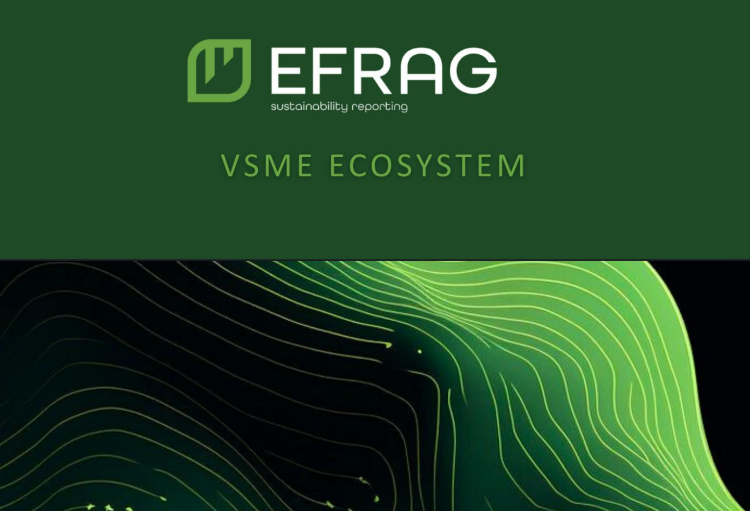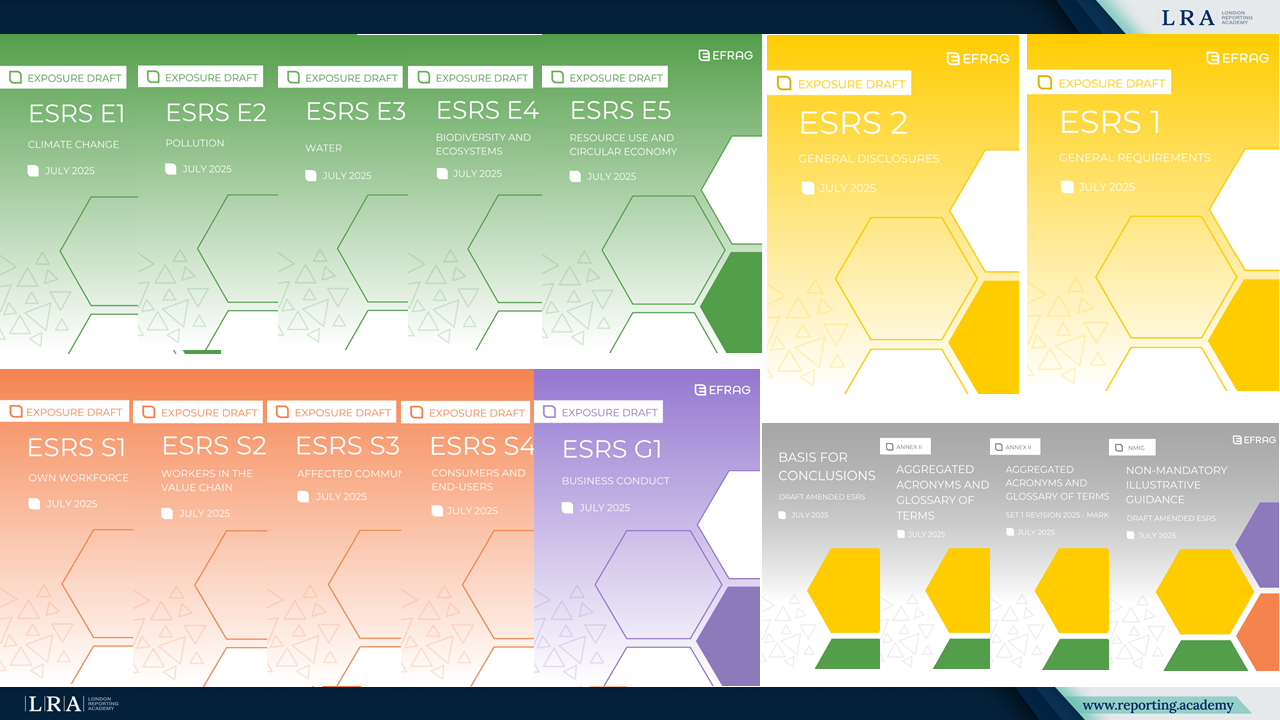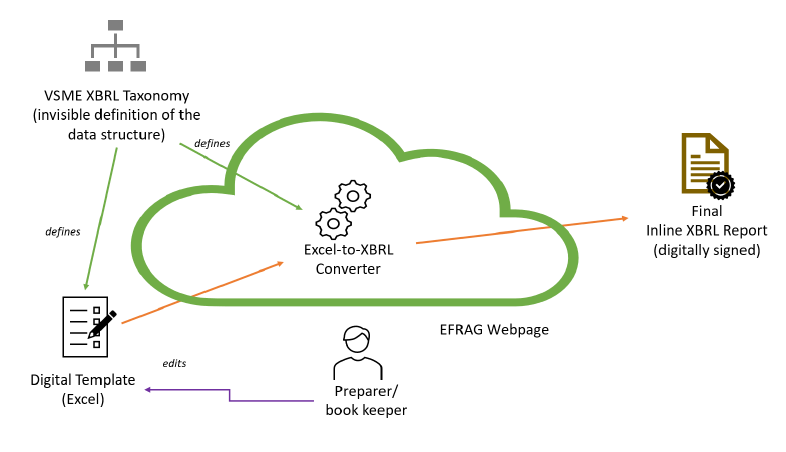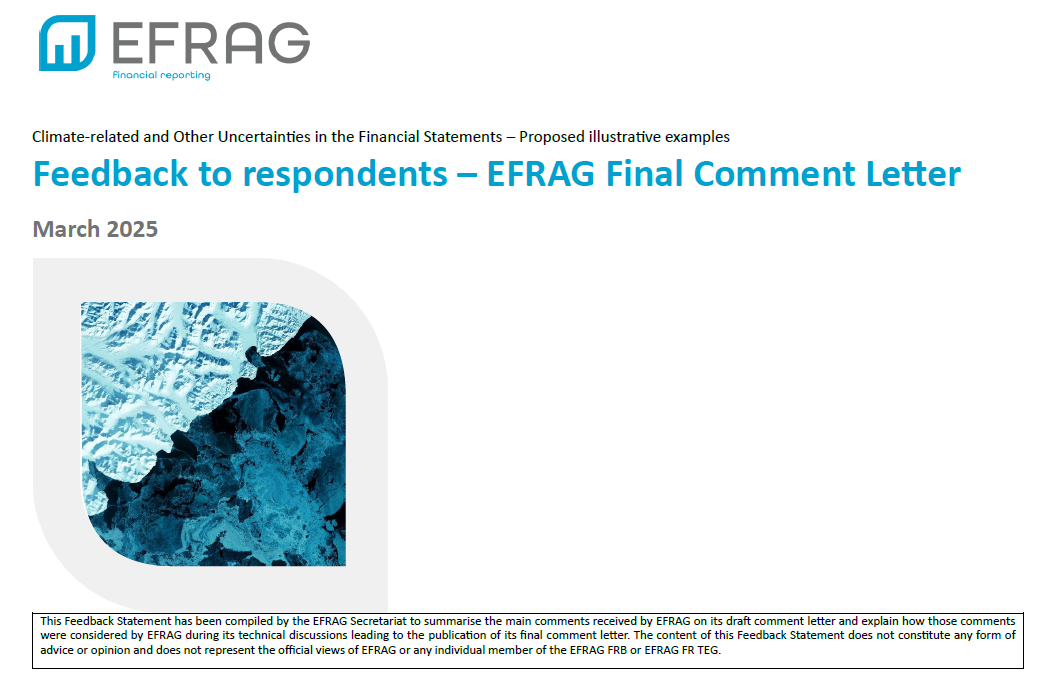Mapping the SME Sustainability Tech Landscape: EFRAG’s Contribution to VSME Adoption
As SMEs face growing expectations to disclose sustainability information, access to structured, fit-for-purpose digital tools becomes increasingly important. EFRAG’s recent effort to map the digital landscape offers practical insights into available solutions and their alignment with the new Voluntary Sustainability Reporting Standard for SMEs (VSME).

On 25 September 2025, EFRAG published two complementary mapping reports to support the implementation of the Voluntary Sustainability Reporting Standard for SMEs (VSME). The publications include a Mapping of Digital Tools and a Mapping of Digital Platforms and Initiatives for SME Sustainability Reporting. Both outputs originate from a Call for Interest conducted between 4 and 24 February 2025. The reports are based entirely on self-reported information. EFRAG did not verify the content and does not endorse or certify any listed solution. The mappings are positioned as indicative market snapshots intended to support SMEs in identifying relevant digital resources.
Overview of Digital Tools
The Digital Tools mapping consolidates information on 100 tools relevant for SME sustainability reporting. Among them, 78% operate at either the EU or global level, and most offer cross-sector coverage, making them accessible across industries.
Regarding methodological foundations, 34% of respondents referred to the GHG Protocol and 27% to the European Sustainability Reporting Standards (ESRS). An additional proportion referenced the VSME itself.
Among the tools analysed, 55% integrate environmental, social and governance (ESG) dimensions within a single framework. Furthermore, 94% provide methodological guidance, which may assist SMEs that lack internal expertise in structuring sustainability data. A subset of tools was reviewed comparatively based on selected criteria such as the type of access model, operational status, recognition by public authorities and the extent to which data sources and assumptions are transparent and complete.
Mapping of Platforms and Initiatives
The companion mapping covers 223 platforms and initiatives developed across public, private and mixed governance settings. Respondents were asked to indicate whether their solutions are aligned with the content and structure of the VSME. According to their self-assessment, 116 platforms are fully aligned, 41 are partially aligned and 55 are planning to adopt the standard in the future. In addition, 68% of platforms replicate the modular architecture of the VSME, which allows for gradual integration of reporting topics.
The majority of platforms provide reporting guidance and support automation of reporting workflows. Recurring-fee models are common, although public-sector platforms are more frequently offered free of charge. In many cases, platforms also embed additional functionalities such as greenhouse gas calculators, geolocation interfaces or tools to assess biodiversity and water stress. While the operational status of each platform is self-declared, there is a discrepancy between sections of the report. The abstract references 183 operational platforms, while the first chapter identifies 172 operational and 51 still under development.
Implications for VSME Preparers
The two mappings contribute to structuring a fragmented landscape. For SMEs at the early stages of sustainability reporting, the Digital Tools mapping can facilitate the selection of measurement calculators and other utilities that follow the methodologies of the VSME, ESRS or GHG Protocol. This can help reduce manual reconciliation efforts and improve internal consistency. The Platforms and Initiatives mapping helps identify providers that offer structured reporting environments based on the VSME’s modular design. Such platforms may support workflow integration, internal controls and documentation of sustainability data in line with regulatory expectations.
Nevertheless, given that the information is unverified and self-reported, SMEs are advised to conduct internal reviews of each selected solution. Key considerations include the transparency and origin of methodologies, the reliability of the underlying data, availability of interfaces in relevant languages, access restrictions and overall cost over time.
Recommended Approach to Implementation
To initiate the reporting process, SMEs may consider piloting a small number of priority datapoints using a platform that supports modular structuring. Where data collection is technically complex, additional tools may be integrated for calculation purposes. Internal evaluation criteria should reflect the same dimensions used by EFRAG in its comparative review. These include operational status, degree of public recognition, clarity of methodology and completeness of the data model. Building documentation early in the process is also advisable. This includes preserving calculation steps and aligning data exports with potential future assurance requirements.
Conclusion
EFRAG’s dual mapping exercise provides an entry point into a rapidly evolving ecosystem of digital sustainability solutions. By structuring existing resources around the content and format of the VSME, the reports offer SMEs practical guidance for initial onboarding. However, the decision to adopt any tool or platform should be supported by careful due diligence and aligned with internal data governance requirements.



